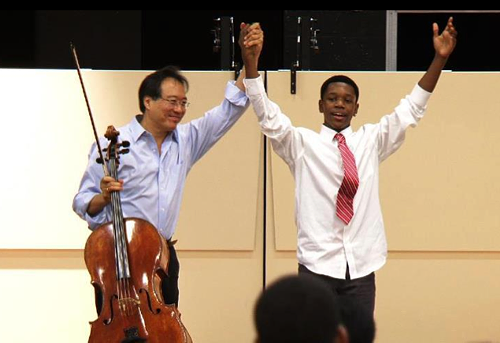 Courtesy of New Ballet Ensemble & School
Courtesy of New Ballet Ensemble & School
Lil Buck
If you’ve read this week’s Memphis Flyer cover package then you’ve already encountered most of the Lil Buck interview I’m posting below. But there was a lot of good stuff that had to be cut from the street edition, and I wanted to give digital readers a chance to check out the whole conversation. It’s worth the redundancy, I promise. Especially if you’re a dance fan and want to know about the history of Jookin.
Memphis Flyer: You’re a really fantastic ambassador for Memphis. Everywhere you go you make us look good.
Charles “Lil Buck” Riley: I love it. And I love the city. It made me who I am now. And I’ve learned so much from living in Memphis. We do have so much to offer. And jookin is only one of those things. It came out of the gangsta walk and that’s been around since the 1980s. My mom used to do it. So it’s more than just a dance, we’ve made it into a tradition. And I love being an ambassador for the style because I understand it wholeheartedly.
I love being a gypsy. I love the traveling and sharing what’s so good about this city.
You’re only 26, and have achieved a level of pop star success most dancers never know. How is it that you seem so grounded?
It’s easy to be. I think it’s harder not to be grounded. It’s really simple to be grounded and stay humble. Some people try not to be. Some people gravitate toward that, and you see a lot of that in the industry. But — and this is something I don’t think I’ve ever talked about — I was born in Chicago and raised in Memphis. I moved to Memphis at a very young age. And I’ve been through so much in my life. I grew up with nothing. And I lived with my mom and my whole family in my grandmama’s basement. It’s all we could afford.
When you come from things like this, and you have so much perspective as to how your life has changed and turned around for the better, you want to do everything you can to uphold that. Because it’s more than just my skills that have gotten me to where I’m at now. It’s who I am as a person.
And, like you always say, jookers take their power from the Earth.
Well, you know, it is a really spiritual dance. It was something born here. Kids grow up into it. We use our feet and it’s predominantly freestyle, so it comes from the soul. You spend time with just you and your body, you know? You learn a lot about yourself with this style.
Jookin isn’t just a Memphis thing anymore, it’s all over the world. But it’s still growing here. There are jookin studios, and companies, and you’ve also still got folks getting together in parking lots and barber shops learning the original gangsta walk. Do you try to keep up with what’s happening at home?
Absolutely. I already know what you’re getting at. I’m coming back to Memphis on the 18th and whenever I come home, we have exhibition battles just for the fun of it. And I’ll get in and dance with anybody. I go to people’s houses and we have sessions in the garage. Those are my favorite moments and those are the things I miss about Memphis. I miss my family the most. But then I miss the old way we used to do things. All this started in streets, and parking lots, and barber shops and garages. This is where we found ourselves, and it’s the setting we were comfortable with. We didn’t need anything fancy. Sometimes I just can’t wait to get back home and in the garage with my friends where we can just go at it like we used to, and dance.
Most Buck: The complete interview with Jookin superstar Charles ‘Lil Buck’ Riley (2)
When you see your old friends after dancing with Madonna is it weird?
I’m the same Lil Buck that left. They love it when I come back because they know how much I love Memphis and how much I love jookin. People don’t get starstruck because they know where I’m from. They knew me before and I still don’t consider myself a star. I’m just getting appreciated for doing what I love.
But you have to know, you are kind of a star. We have lots of movie stars and rock stars. But pop culture only taps a few dancers every generation and you get to be one of them.
Exactly. That was my goal. Dancers used to be seen on the same platform as actors. Especially triple threats like Gene Kelly and Fred Astaire. They looked good. They dressed nice. They had a passion for what they were doing and went full out 100 percent. I want to bring that back. That level of respect.
I know you’re a student of all kinds of dance, but I have to admit, Gene Kelly and Fred Astaire weren’t the role models I was anticipating. But it makes complete sense.
Absolutely. These guys could dance and sing and do acting. But when they danced it was the most amazing thing ever. Dance has been watered down. People see it as a background for other artists. And it’s gone from a clean look to sweat pants and a t-shirt. And the look’s no problem, it’s a style. It’s hiphop. I just did it a little different. I did it like the guys did it back in the day.
It doesn’t seem to matter if you’re street performing or on TV with a celebrity host in front of millions, you exude comfort and confidence.
Everybody puts on their pants the same way. And street performing helped get me to that point. When I first started street performing, it was on Beale Street. When you’re street performing, you really have to develop your communication skills and learn how to be a people person. When I first moved to California, I performed in Santa Monica on the Third Street Promenade. And you’d get so many people down there and so many celebrities. If I noticed a celebrity was watching us, I’d make a joke. Everybody would laugh and they’d laugh too. And you get comfortable.
You know, you mention how dance sometimes gets pushed to the background. But great Gangsta Walkers became like neighborhood celebrities. Outside of Memphis people may not know names like Wolf, Romeo, or Lil Fred, but if you drop those names in parts of Memphis people still get excited.
Absolutely. You know there’s a reason why, back in the day, Jookin stayed so underground.
I’d always heard it was because MC Hammer came to Memphis right before he got famous and saw people doing the Gangsta Walk. People thought he copied the moves, right?
Exactly, everybody knows about the MC Hammer thing. That’s why nobody ever taught Jookin back in the day. Because it was vulnerable. People could catch onto it quicker. My first mission was to really get this dance style out there. But I was originally in the no teaching zone too. People would ask and I’d say, “I can’t teach you.” Because of the effect [the MC Hammer incident] had on the style. Which didn’t turn out to be a bad thing, really.
Okay, now this is interesting. Because I’ve always heard about how the dance went underground, but I never understood that, really. People made tapes, and they battled in public. How was it underground?
It’s because it had gotten so complex. It was extremely hard to learn without being taught by someone who’s from Memphis. Or by someone taught by someone from Memphis. Because, it’s more than just a dance. It’s the feeling you get when you listen to underground Memphis rap. It’s hard to learn how to Jook if you’re starting out with a different kind of music, basically. You really have to dig deep into the roots of it and listen to some Three 6 Mafia or some DJ Squeeky, to catch the essence.
The way it’s always been explained to me— and it has to be explained very simply because I just cannot dance— is that it evolved out of a line dance. Instead of reacting to just the bass, or just the high-hat, or just a rhythm or flow, it was an attempt to be responsive to the whole song. Getting buck was basically becoming a physical extension of the entire composition.
Exactly. And that music gave you a certain feeling that made you bounce a certain way. It just happened naturally. And it all ties into the “HUHs!” You know, how somebody hits the downbeat and everybody yells “HUH!” It’s the most incredible feeling ever.
Right.
For instance you see an actor like Leonardo DiCaprio in the movie Django. That was the most unbelieveable role I’ve ever seen. Because he captured the essence of an old school Southern guy so well. You didn’t even know it was Leo. In that way Jookin is like acting. I want to be the song. To be the vessel for that sound. It’s a challenge. It’s almost mathematical.
You’ve taught a lot of celebrities how to Gangsta Walk, from Madonna to Meryl Streep and Katie Couric. Who gets it and who needs to go home?
First of all, Stephen Colbert, he’s money. He absolutely should learn. He caught on to the buck jump so fast it was ridiculous. When you’re doing a buck jump it’s knee up, not foot down. A lot of people don’t get that. It used to frustrate the hell out of me. But Stephen Colbert caught on and he looked good doing it. So he could do it for sure. Katie Couric? She would need a lot of work, especially if she wants to keep her heels on. But I love her to death. She did alright for a first time. My friend JR the visual artist caught on pretty fast. Madonna caught on fast. She has dance background. I taught her to buck jump and to glide, and she just does it like it’s nothing. She’s a sponge for dance.
Who are some of your biggest Memphis influences?
I never really get to share about the people who really started me off and got me to this level and who gave me information that has stuck with me throughout my life and career. You know they call Marico Flake “Dr. Rico” for a reason: He’s a doctor of dance. He doesn’t just know about jookin; he’s a renaissance man who knows about a little bit of everything, from ballet to country dancing. We met in the parking lot of the Martini Room. Daniel Price is one of my biggest influences. When I sucked, he’d say, “All I can say, it don’t look gangsta enough.” And that would kill me.
Keviorr, aka “Tiptoe,” also kept it real. We used to be rivals. He was already known as an explosive jooker, because he’d been around all the old school guys and had a reputation. I battled him at the Crystal Palace, not knowing who he was, because he used to go to East End Skating rink. I was the man in Crystal Palace, which was closer to Westwood. When me and him finally battled, everybody was around. And Keviorr was kicking my butt.
He said, “You’re good. I’m not going to talk bad about you. But you’re just going too fast. Your waves are too fast and people can’t see what you’re doing. You’ve got to slow down a little, that’s all.”
To hear that from the underground master of jookin? Man! Because he was like a ninja: Battle hungry, and battle ready. If he said you were good, you were good.
Most Buck: The complete interview with Jookin superstar Charles ‘Lil Buck’ Riley
And these are all guys you met as a result of Young Jai making his Memphis Jookin Vol. 1 video?
Most of the guys I met in a in a parking lot in front of the old martini room shooting Memphis Jookin Vol. 1. That was like my big break, really. I lived in Westwood, so, you know, you see the same people every day. It was kind of far from everything else that was going on in the city. This is when I finally got in front of these guys and I got to share my style. This — not being on TV but THIS— is the point where I was nervous. I never get nervous in front of celebrities. But this was my first time dancing in front of these guys. And these guys were the celebrities back in the day, and still are. These guys moved better than Michael Jackson. I couldn’t name a person who moved better than them and everybody was in awe of MY moves. And not only were they super supportive, cheering me on when I was dancing, they actually took time out to get my number and information. We can fix you up. They molded me. That’s a priceless thing. One of the most important things that happened to me in my life.
[Editor’s note: In a text following our conversation Lil Buck said he also wanted to mention Bobo, the very first person he ever noticed Jookin at the Crystal palace. In a 2011 interview with The Flyer, Buck described the moment he traded visual art for dance: “This man was dancing, and it was so fluid it was like he was made out of liquid… Everybody was giving him so much praise. That’s when I quit drawing and started dancing.”]
The time you spent training and dancing with New Ballet Ensemble is really important, obviously. It’s where you first do The Swan and all. But this is a huge moment. I don’t know if Jai knows what an important cultural document he made with Memphis Jookin Vol. 1, by bringin together all the best dancers from the neighborhoods, and getting them all in one place.
They don’t get the recognition they deserve. Sometimes I mention them in an interview but they don’t make it into the story. I love when I have interviews like this and can talk about U-Dig Jookin Academy and Subculture Royalty.
But now lets talk about your time at New Ballet Ensemble for a minute, since it’s why you’re coming back to town this time. Also, a really important part of your style.
Me taking ballet at New Ballet Ensemble helped a lot. It was a whole different way of learning your body. If I learned one thing from Bruce Lee, It’s that I didn’t want to limit myself to one style. I wanted to learn more than one way of doing something. It’s a process of continuous growth. You’re constantly growing and expanding physically and mentally as well. So I was alway open to taking ballet, I just didn’t want to wear tights. So Katie [Smythe, NBE’s founder and CEO], said I didn’t have to. I learned so many ways to use your core, and all the similarities jookin and ballet had. I gained so much respect for ballet dancers. I got more my flexibility and grace. It makes a difference, and I love it.
Unique is a word that gets thrown around so much I wonder if people even know what it means. But what New Ballet does really is different. It’s been clumsy at times, when all the pieces were just coming together, but seems to have become one of the special places where a person can go and see something new; something that’s not ballet, or flamenco, or jookin, or modern, but some new rock-and-roll.
It is unique. They’ve bridged the gaps between different styles. And it is rare. A lot of people just don’t do that. The more places I’ve been the more I see just how rare it is. A lot of people are afraid to do it to be honest. It’s like how in karate a lot of masters don’t want you to learn a different kind of style, because it’s not “our way.” New Ballet saw the value in the fusion when Subculture Royalty and New Ballet started working together. We kind of helped open Katie’s eyes to the beaty of fusion. And she’s been on that path since, and her vision has become even more vivid. I was a part of Subculture Royalty with Terron Cook Geary when we started doing things together. This opened eyes for all of us. There’s something special here, and we can grow from this.
Most Buck: The complete interview with Jookin superstar Charles ‘Lil Buck’ Riley (3)
Now you’re a citizen of the world. You could be performing anywhere this weekend, but you’ve come back to dance with New Ballet.
Of course. Why wouldn’t I? That’s as simple as I can put it. That’s my home. I love living everywhere. It’s always fun to meet people and learn new cultures. But I love coming home. There’s beautiful and negative stuff all over the world. And in Memphis there is more beauty and negativity. It’s just the way it’s been advertised and the way we look at ourselves.
That attitude makes what you do really important, you know?
I am very aware of it. I know that with this great power I have comes great responsibility. It’s true. Corny as it sounds, it’s one of the realest lines I’ve ever heard. Whoever can dance like this, you can change someone’s emotions. When people see me dance I see them fill up. I see me with people’s emotions in their hand. You can make somebody happy in an instant. That’s so powerful and you don’t want to use that the wrong way. This is what we have in Memphis. And this is what we can be if we can just open our eyes and see the beauty.
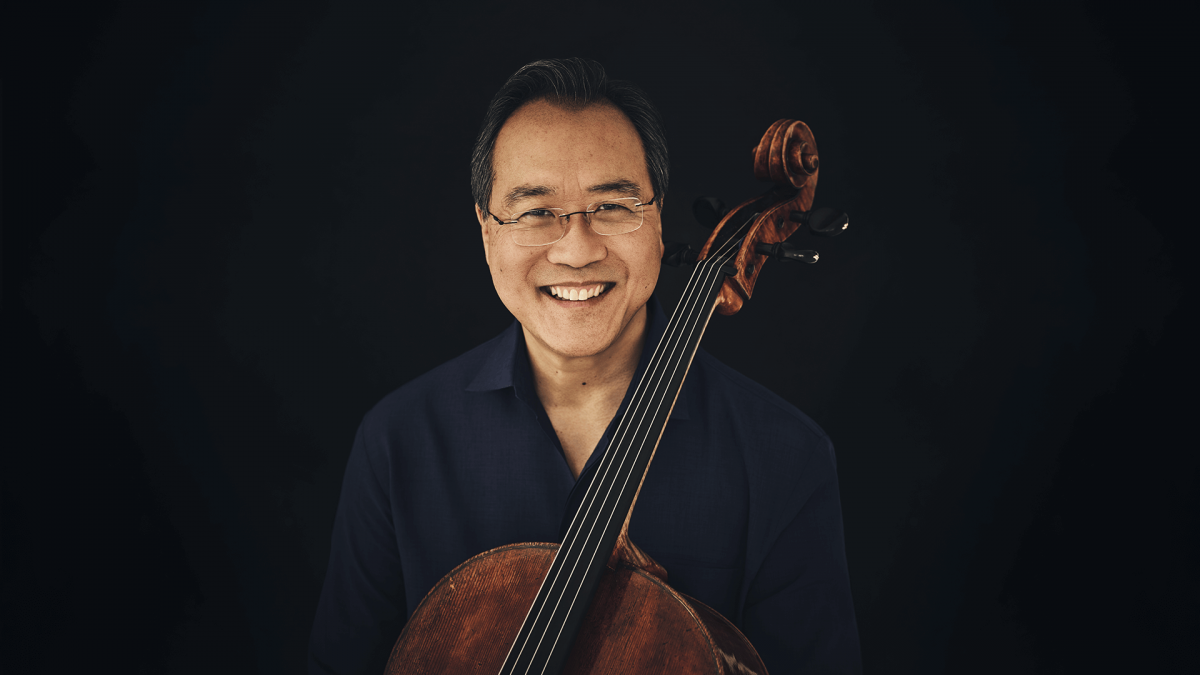




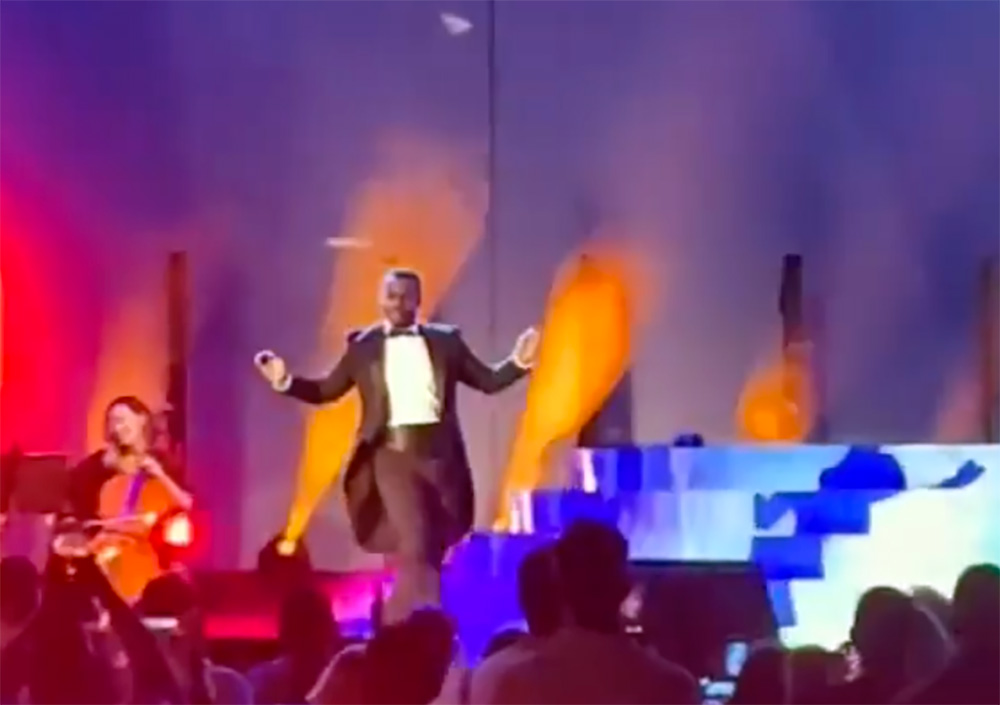
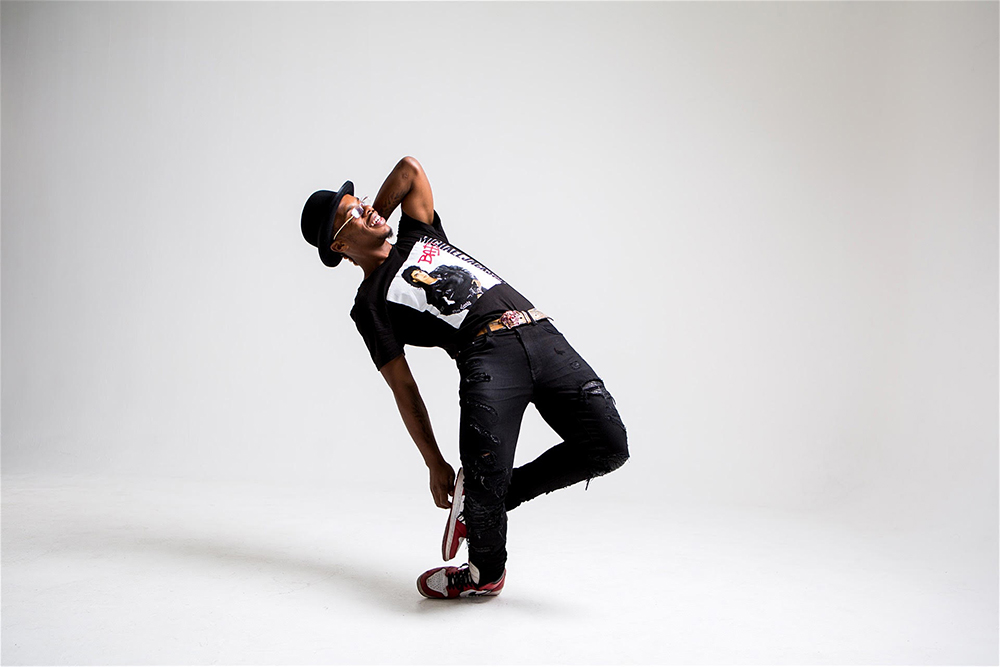
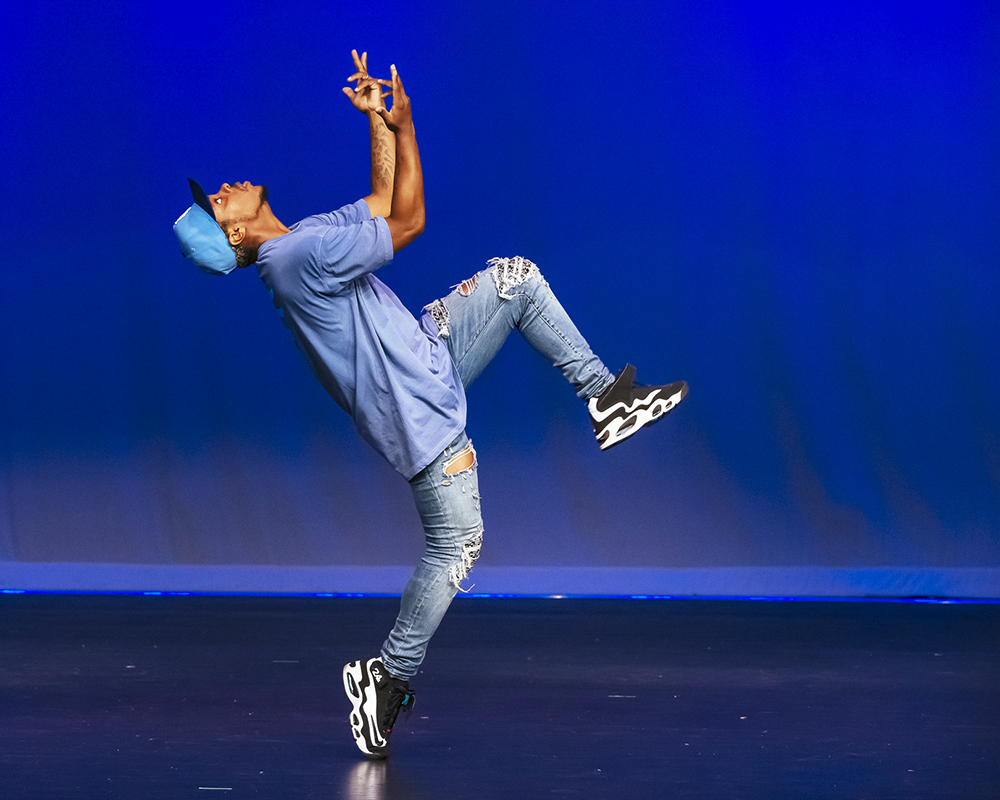


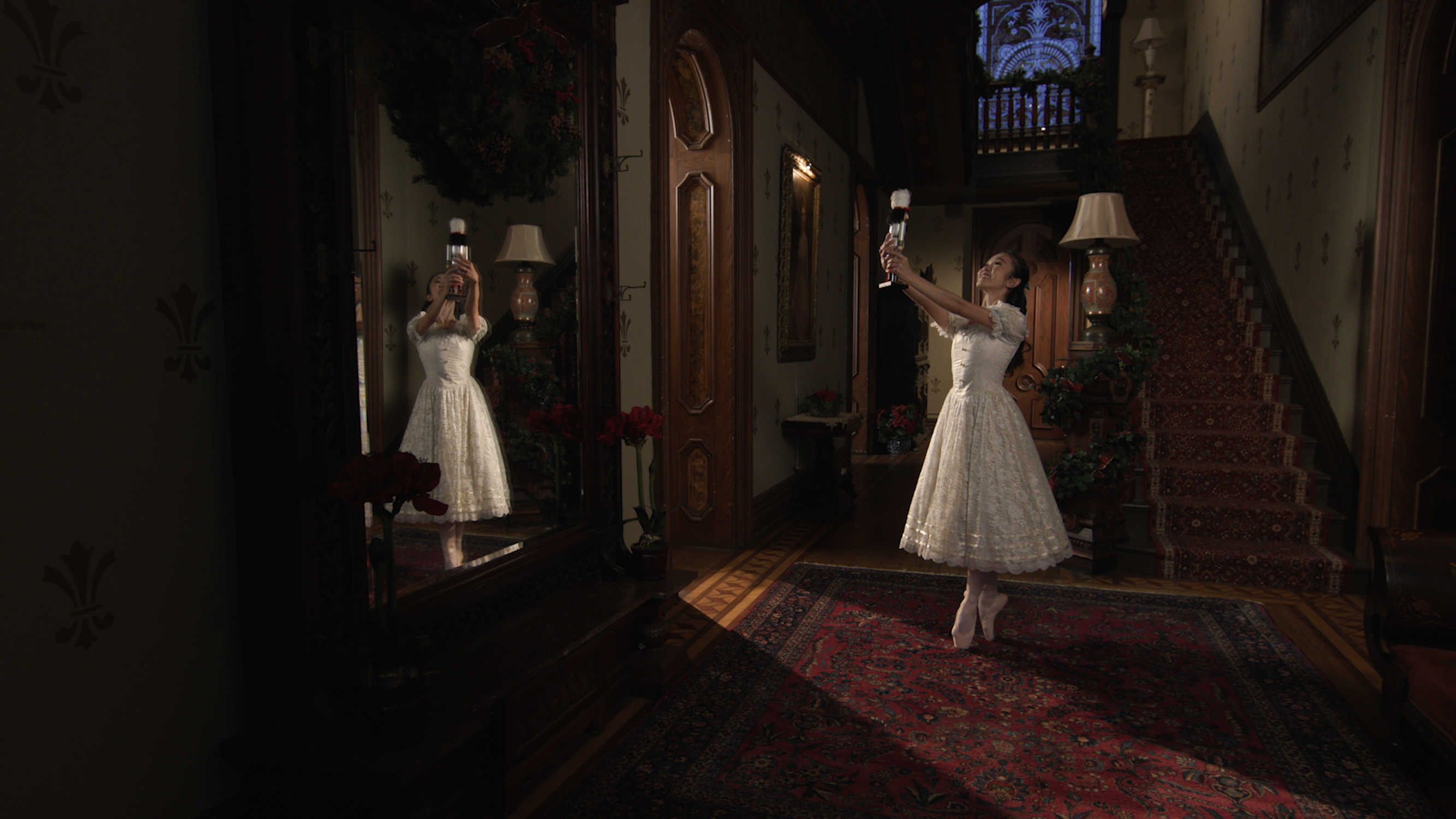


 Courtesy of New Ballet Ensemble & School
Courtesy of New Ballet Ensemble & School 